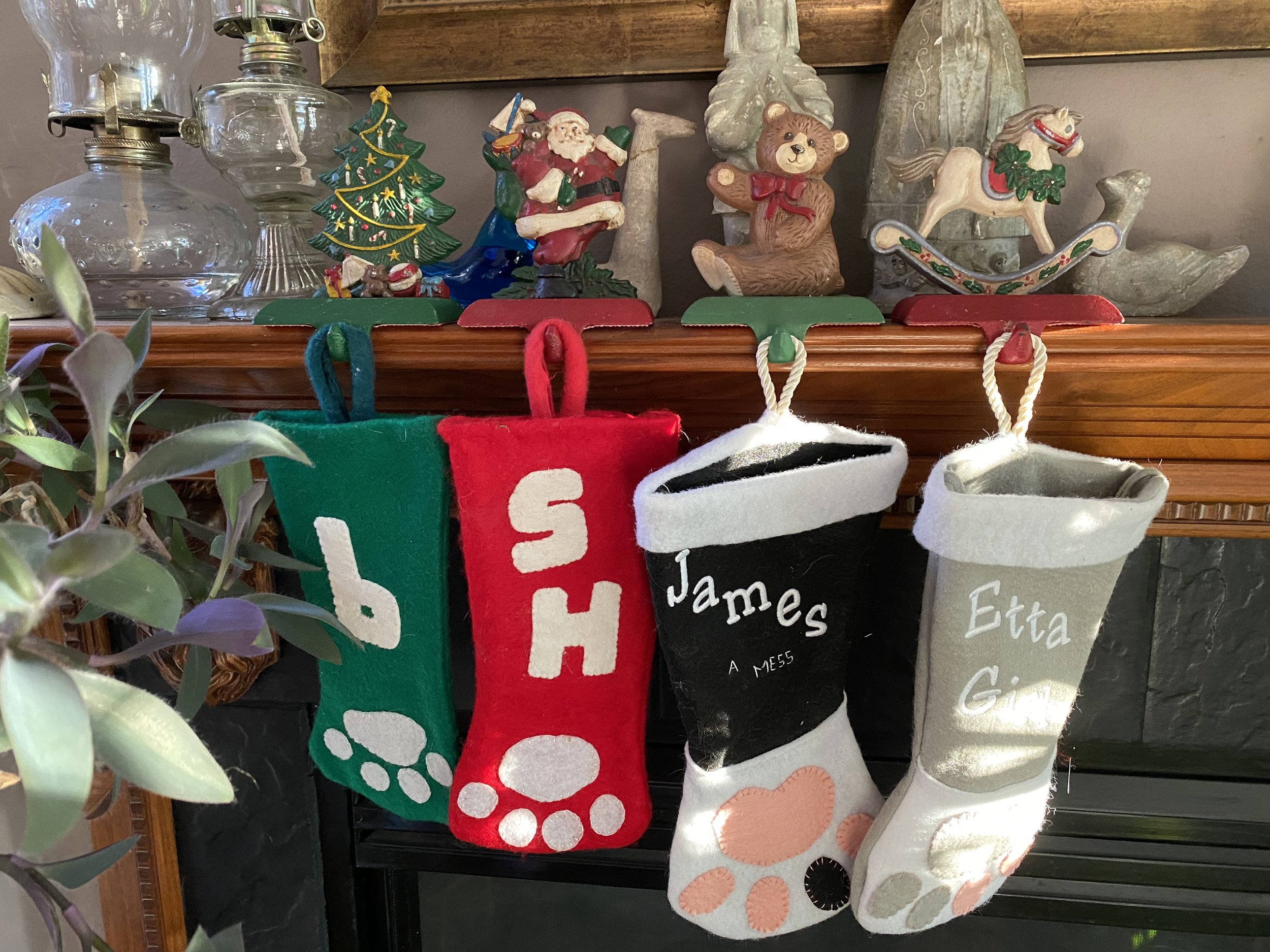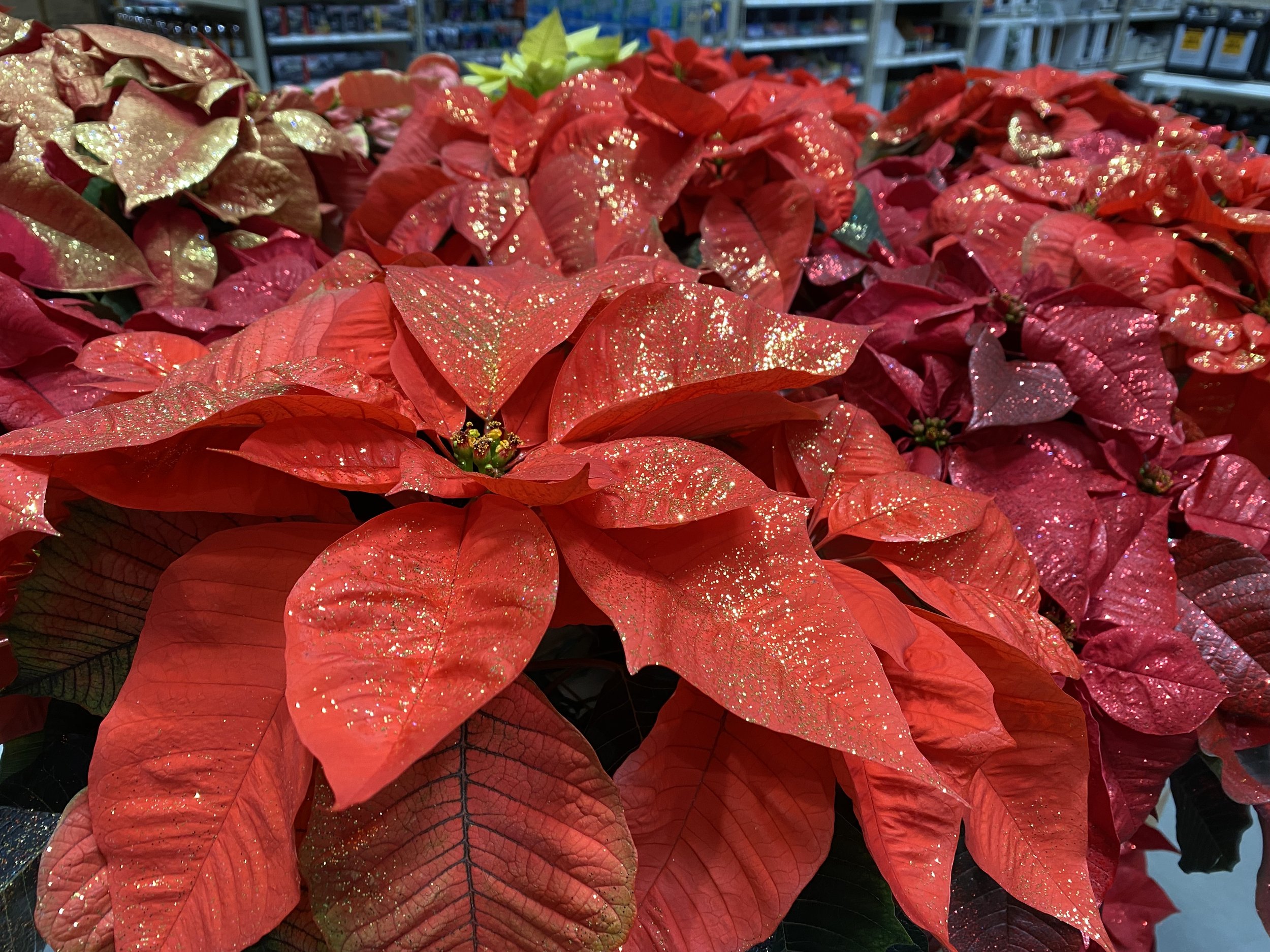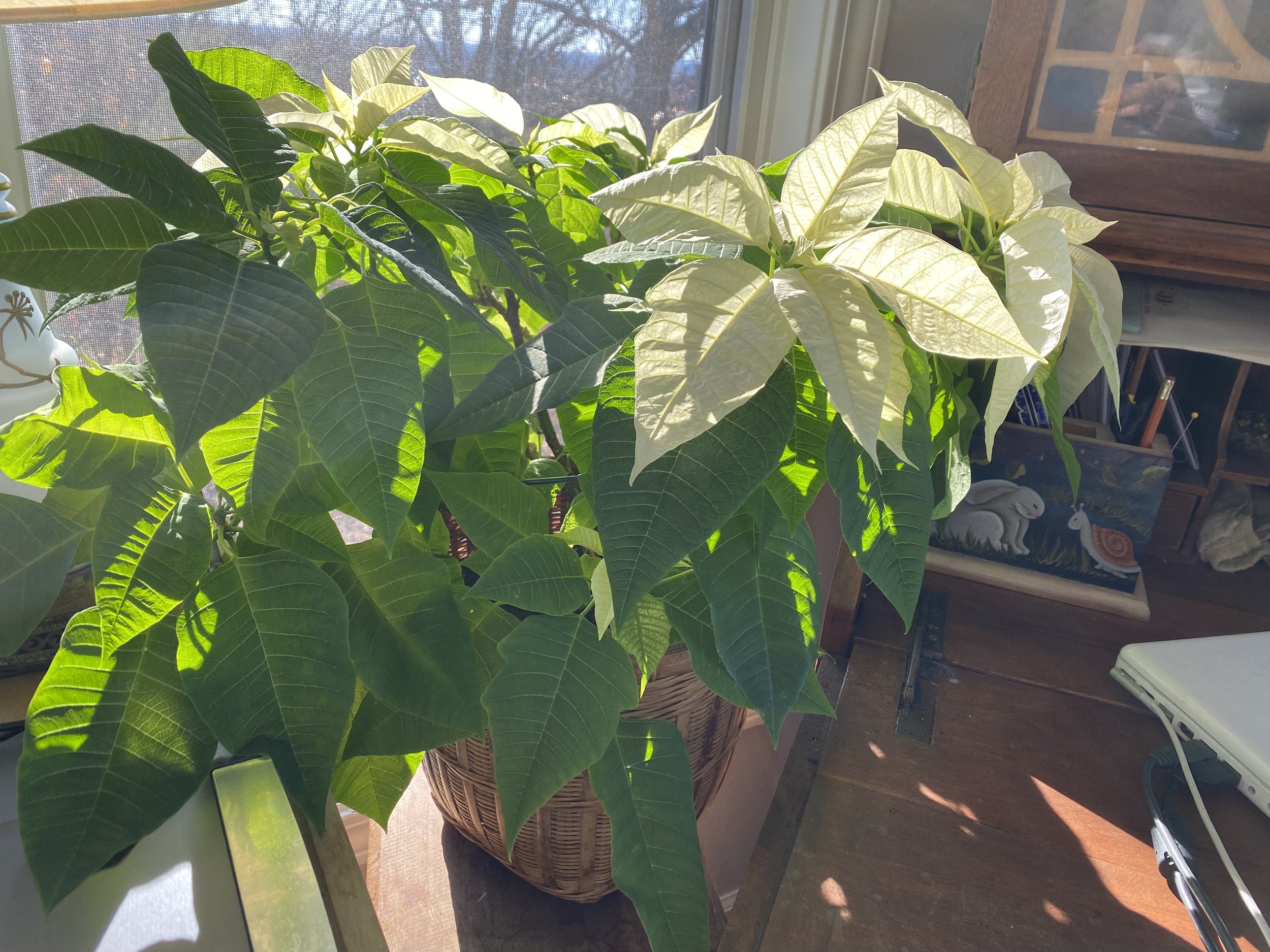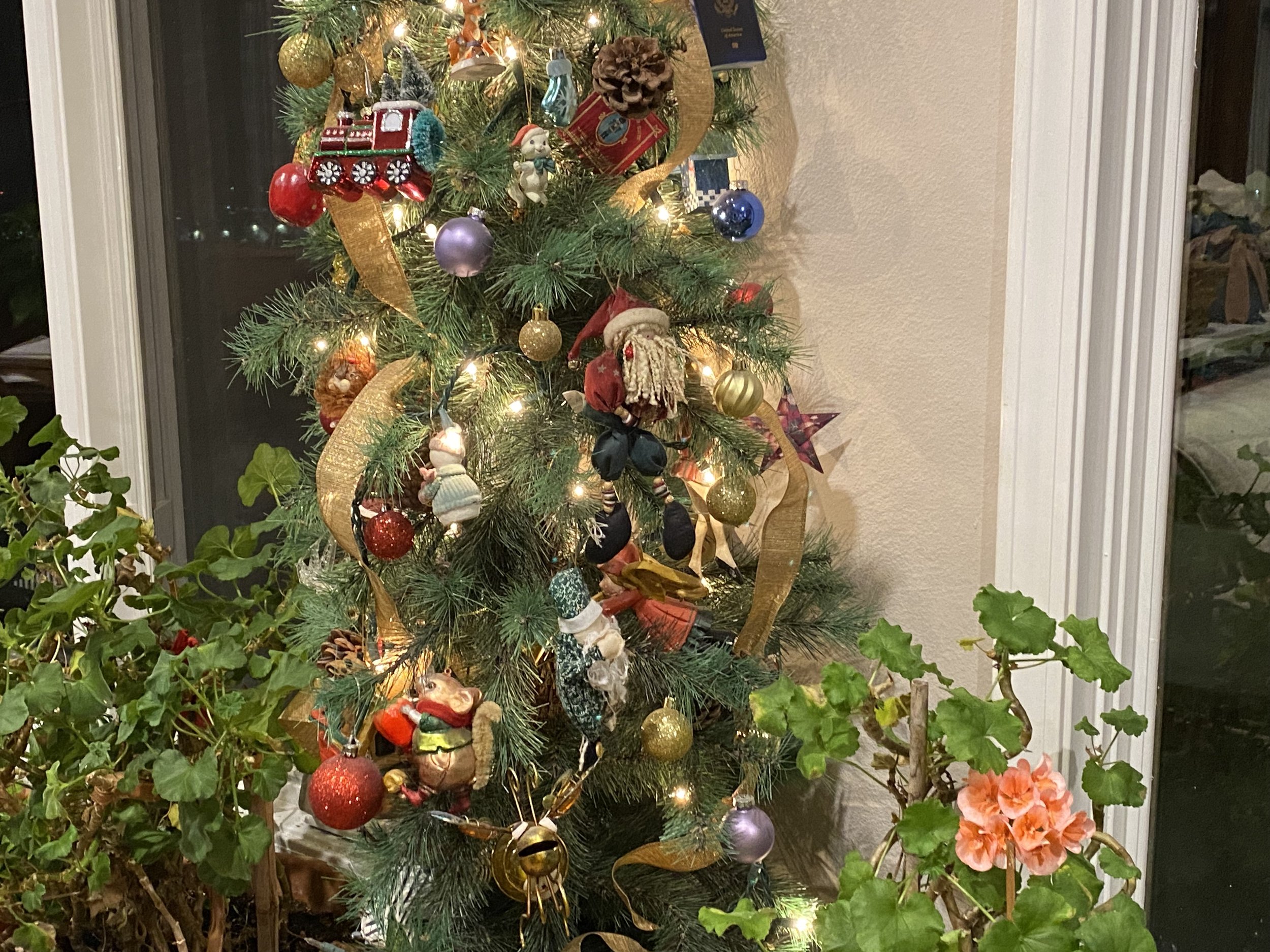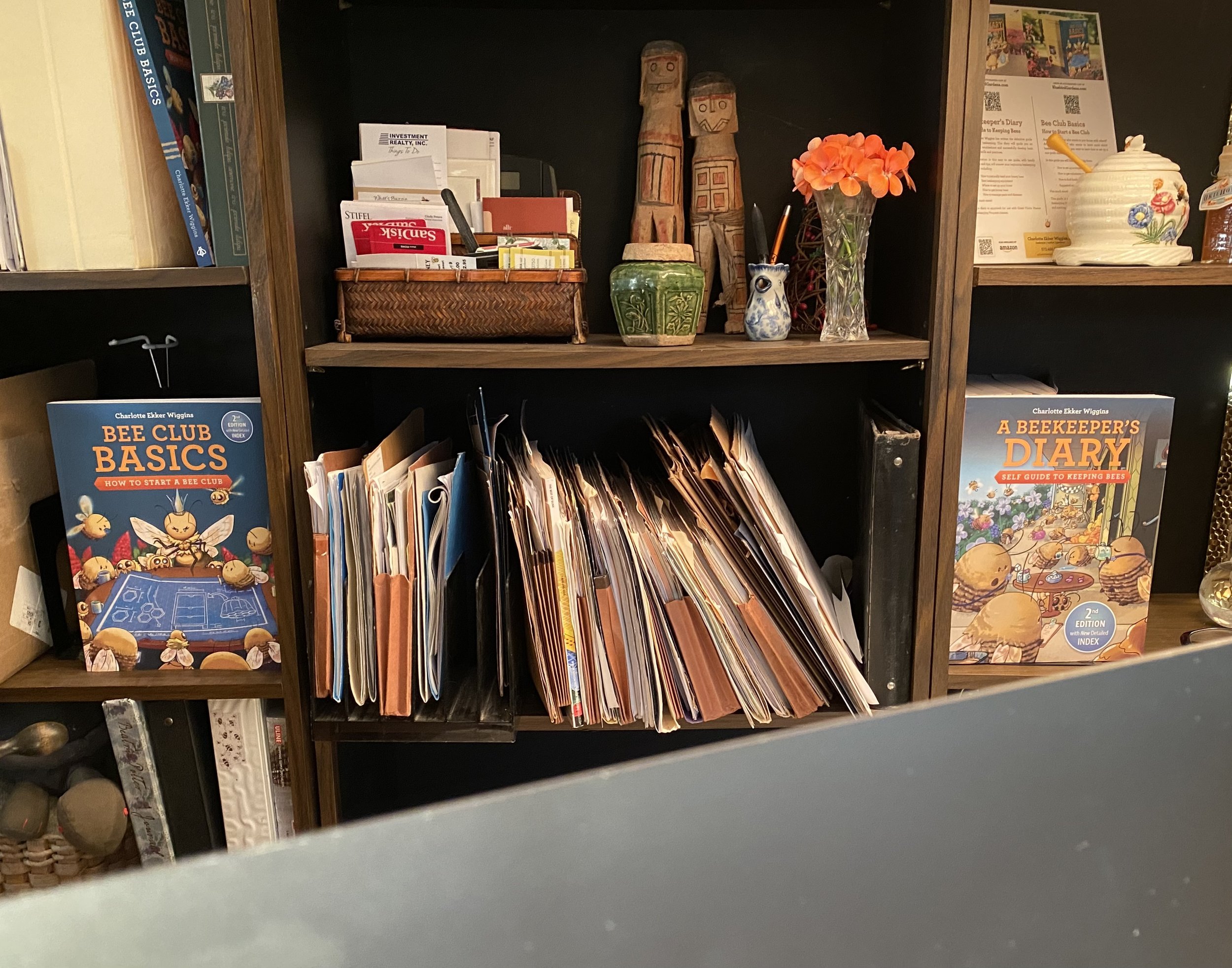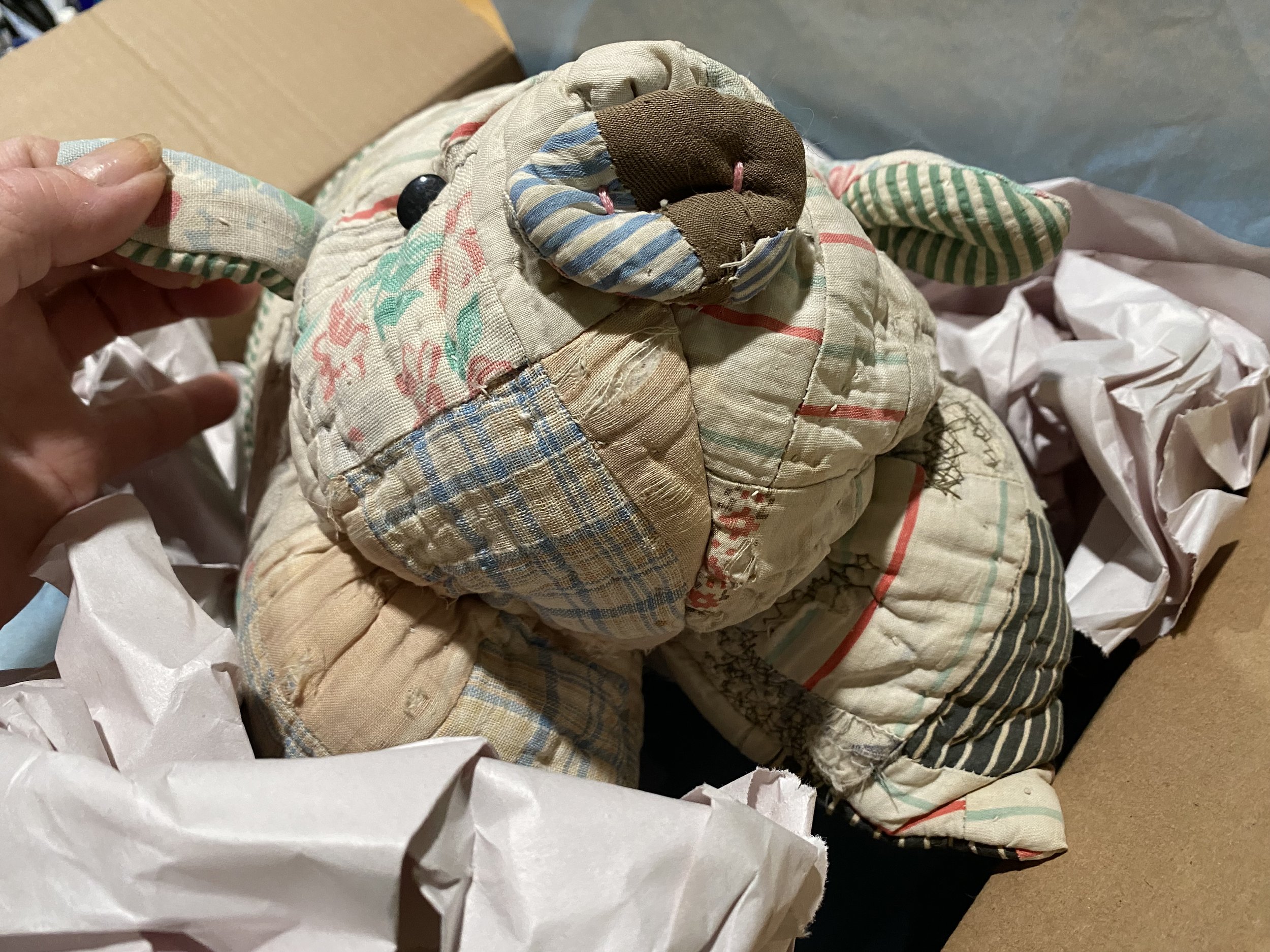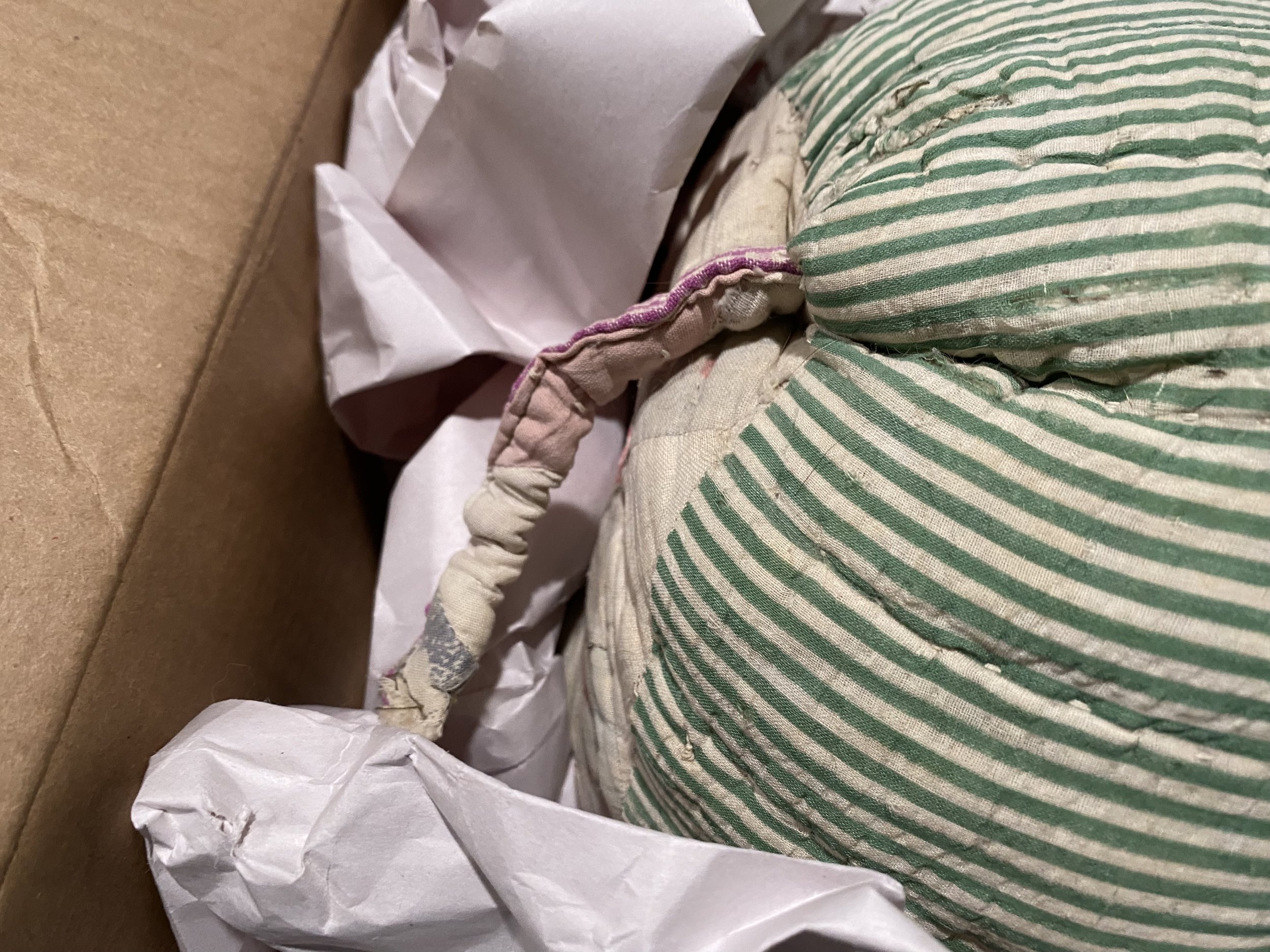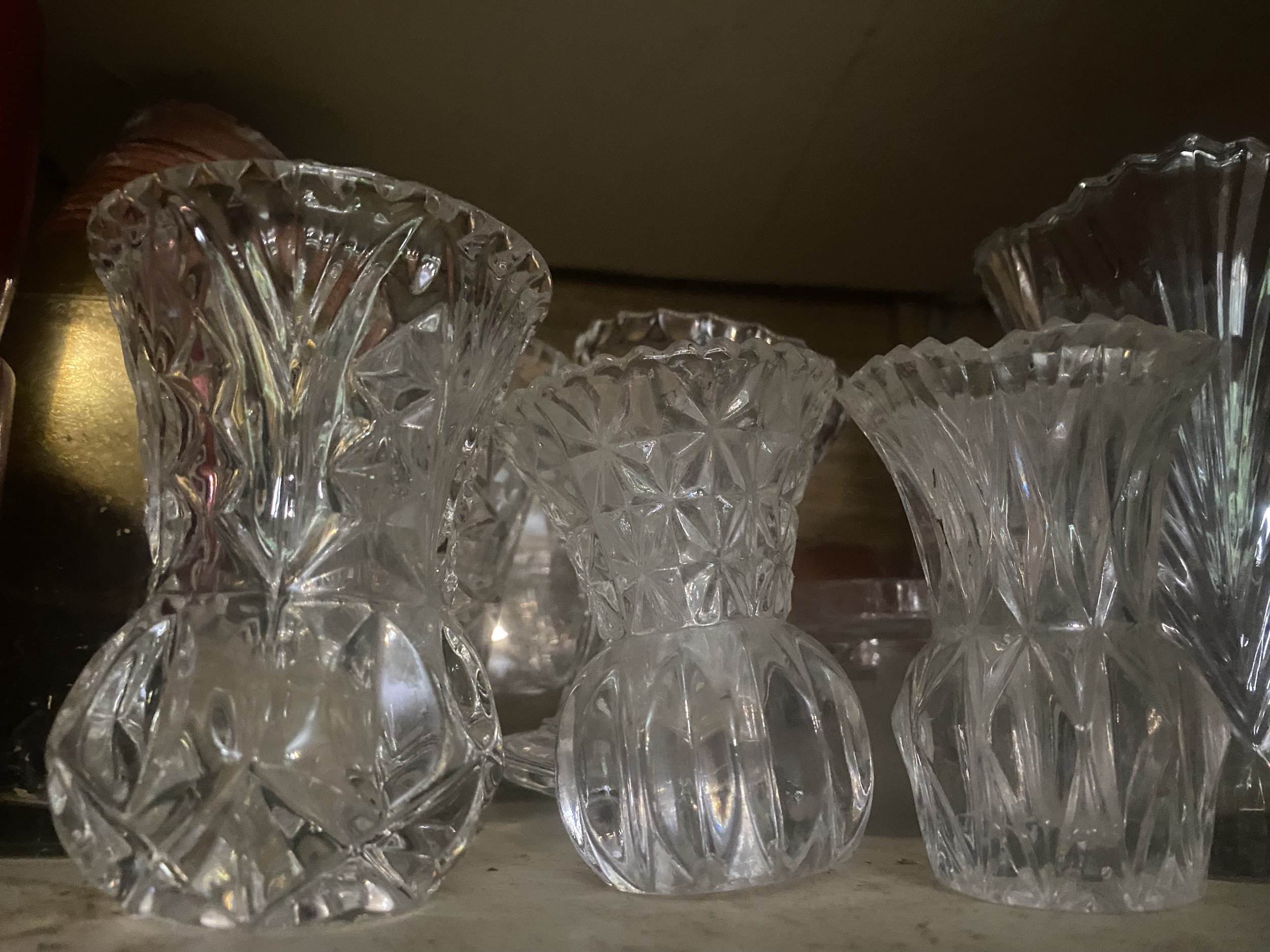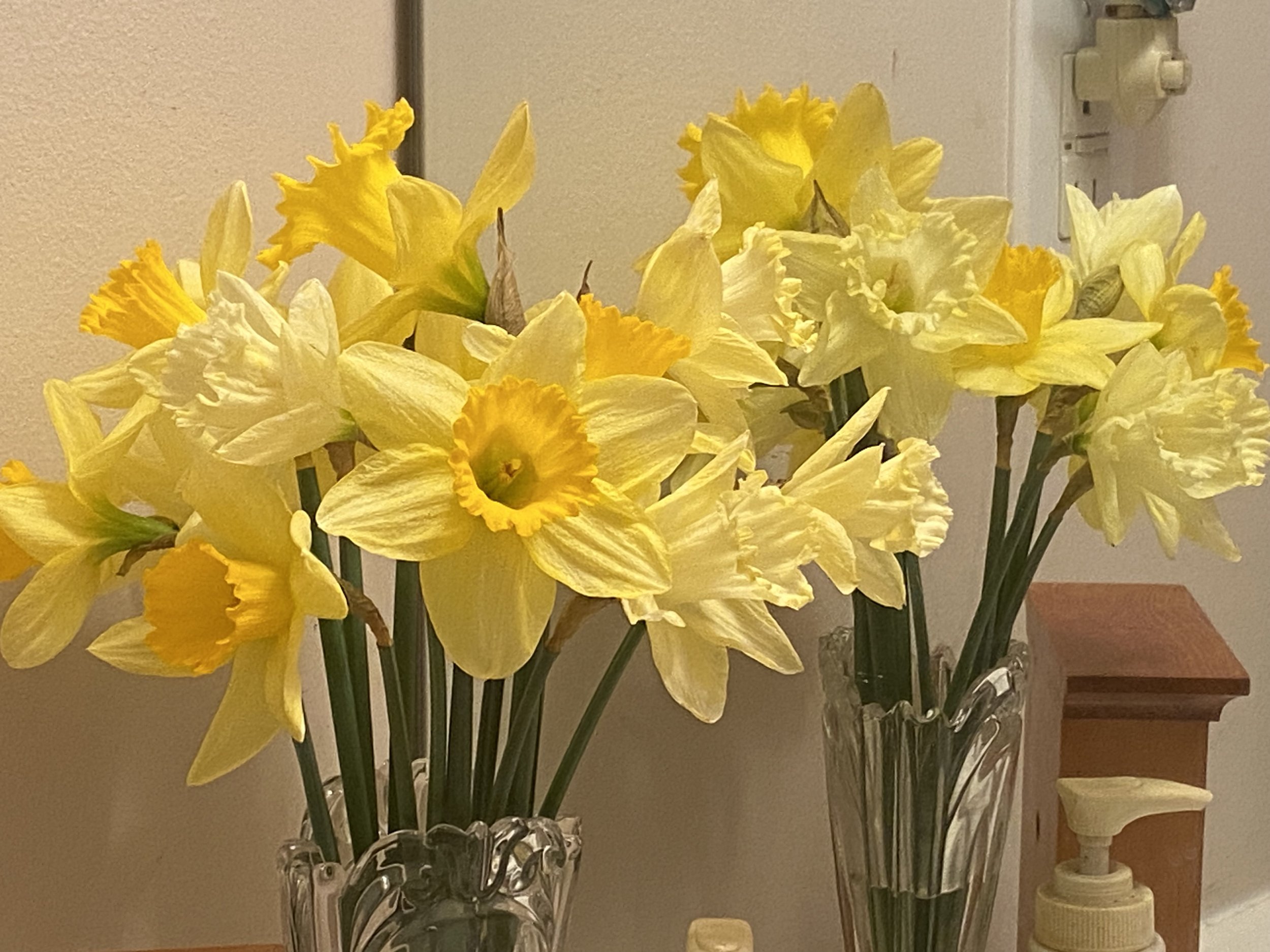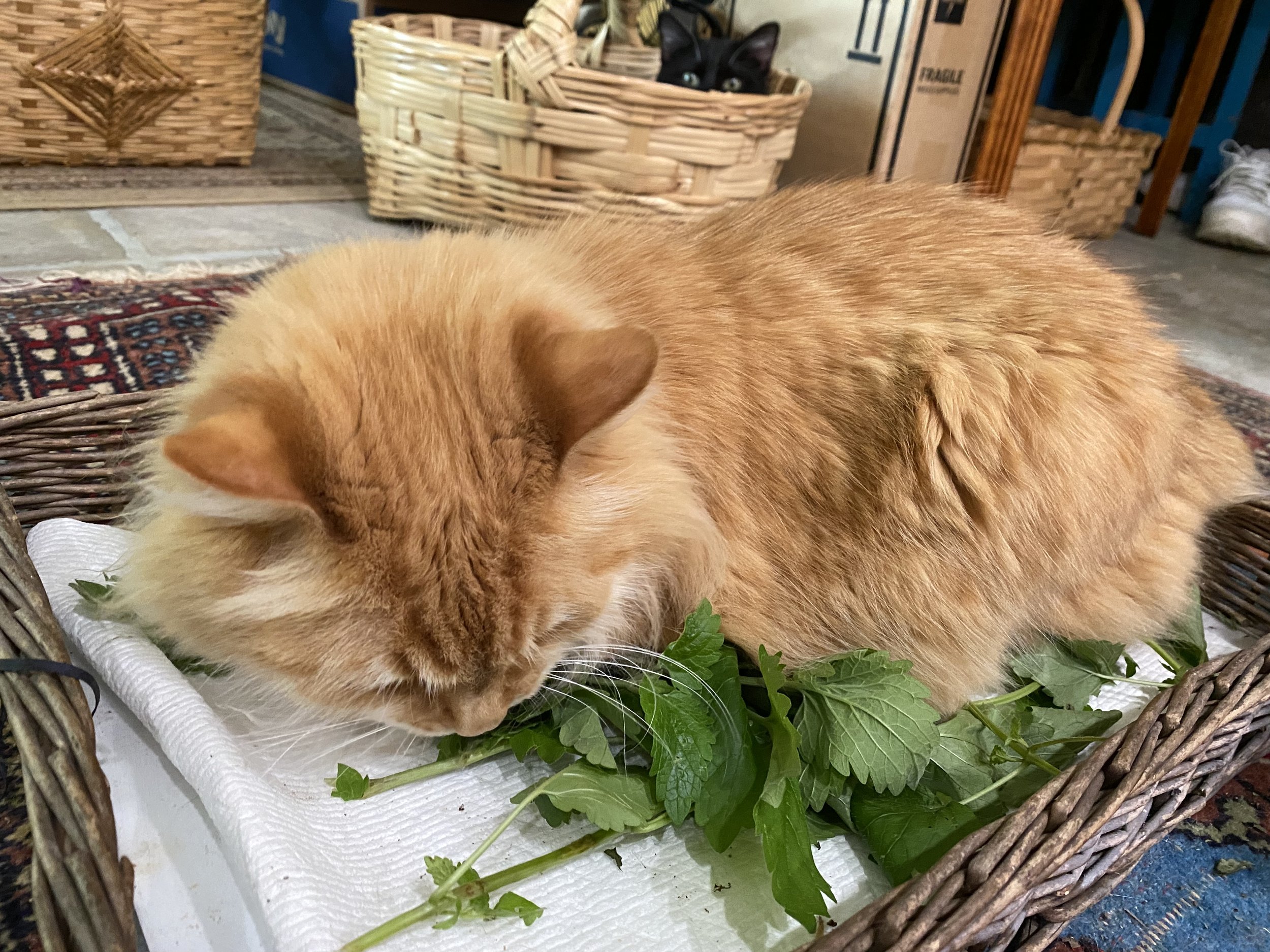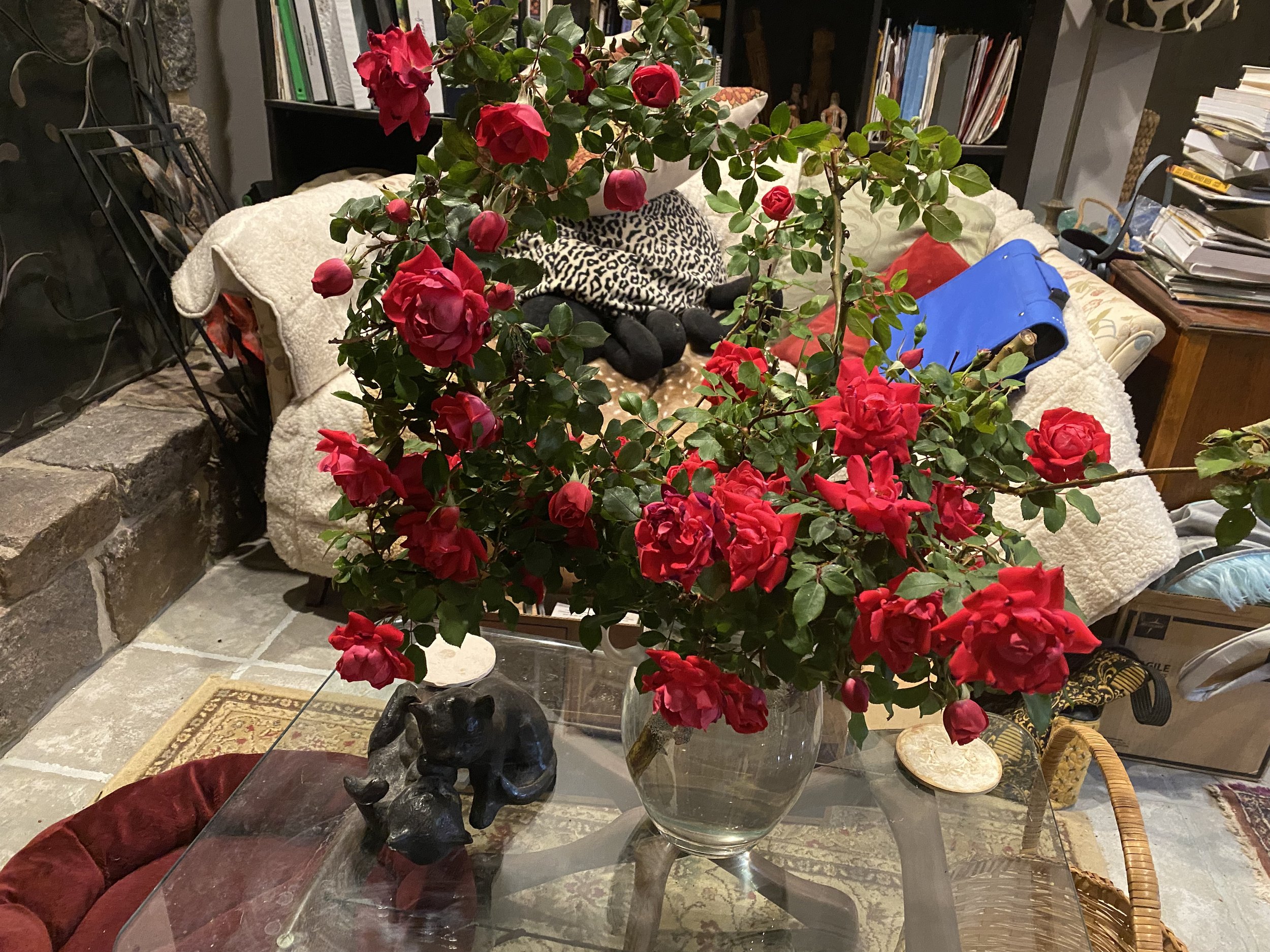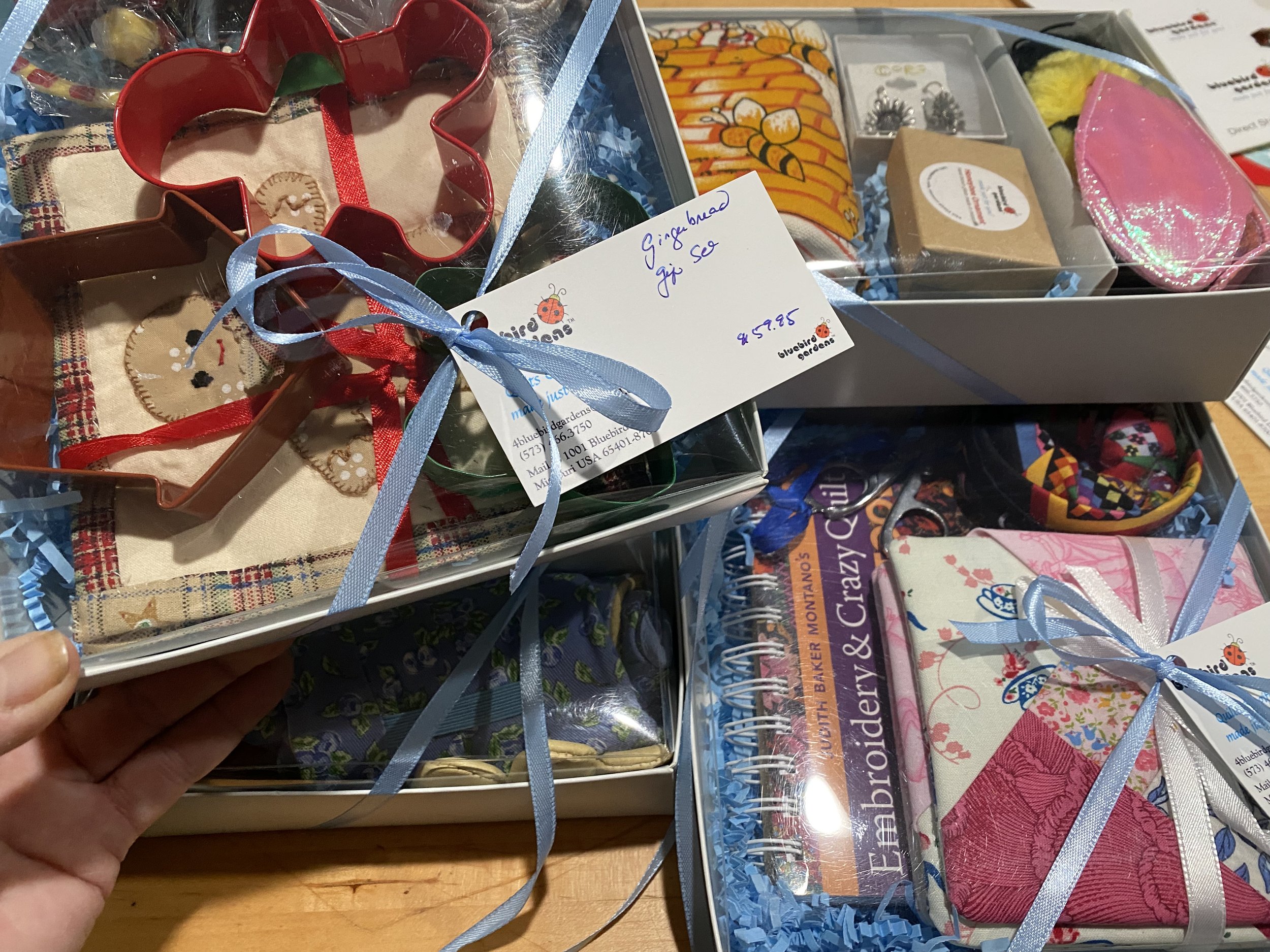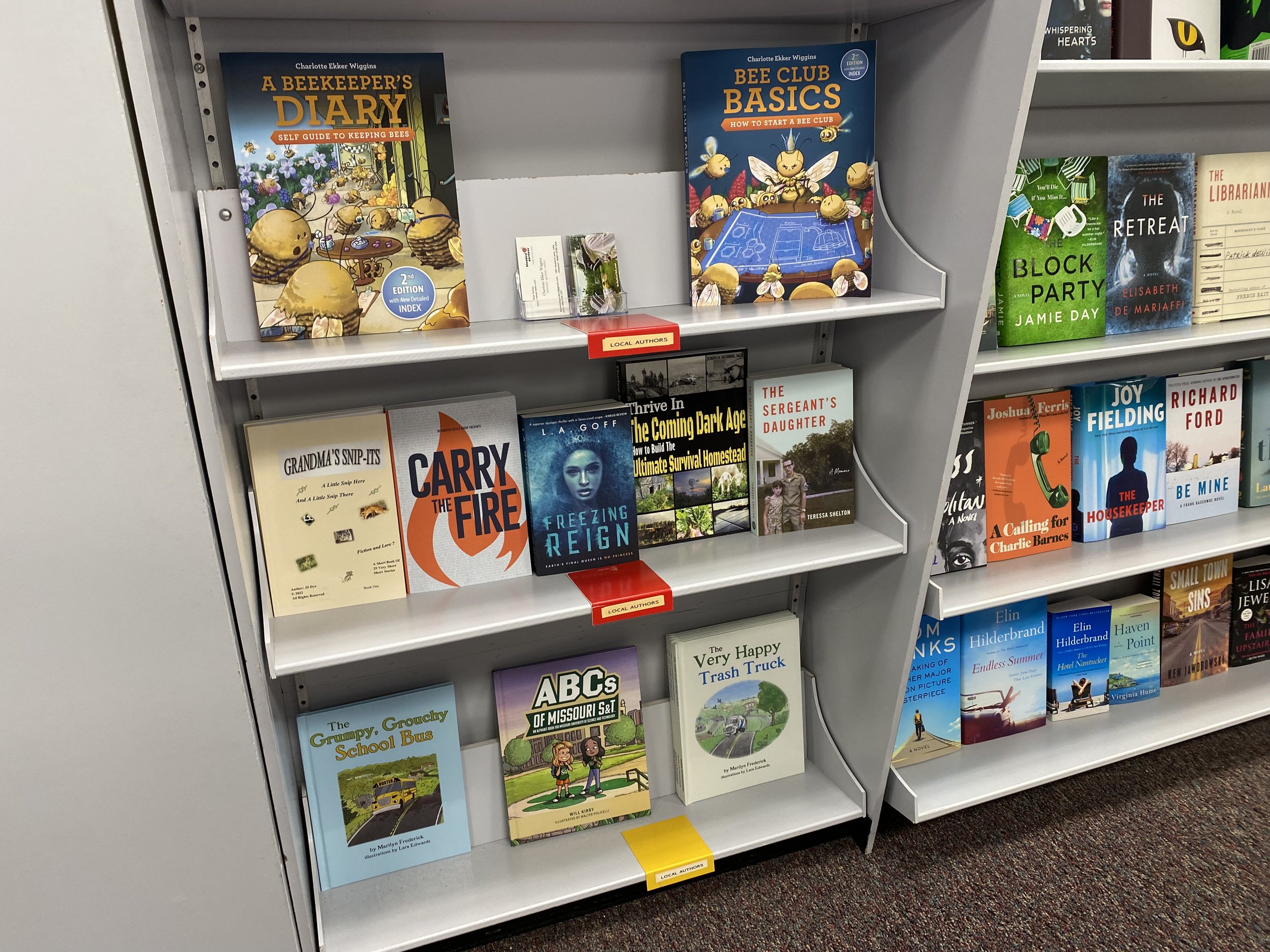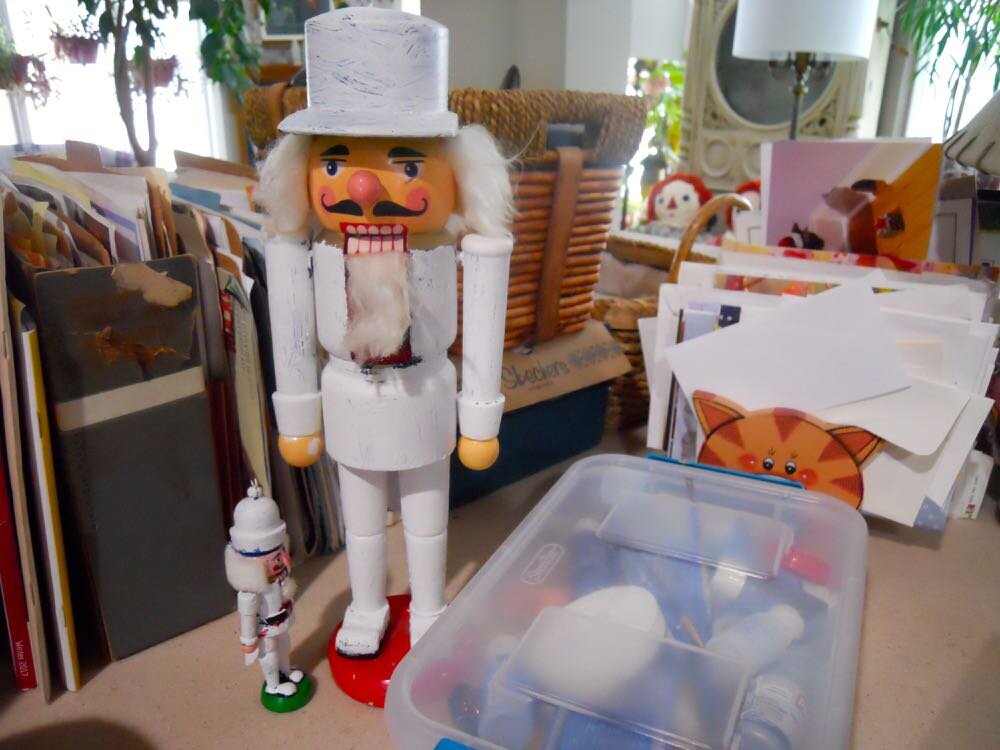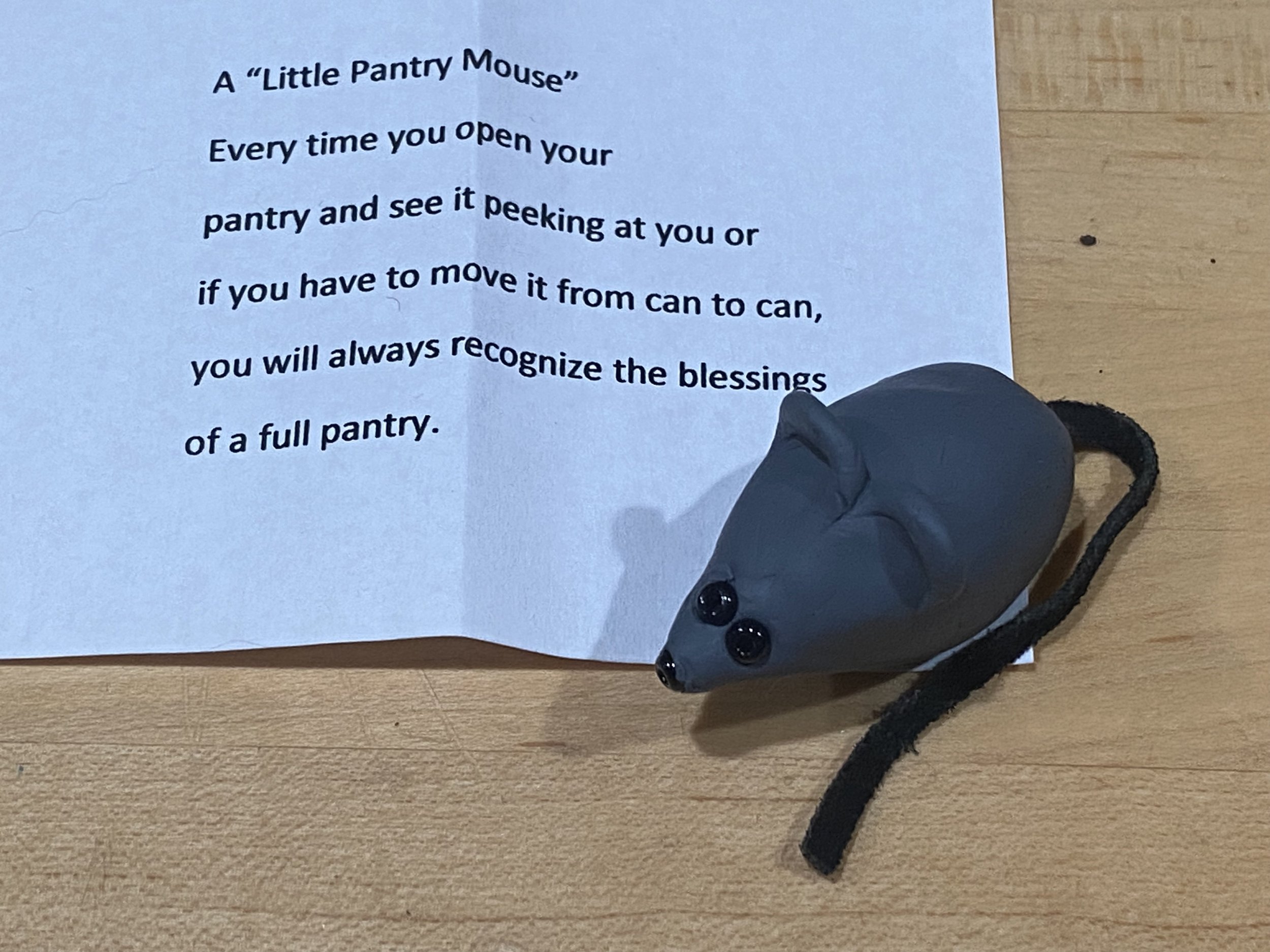Celebrate Spring!
/Watching and photographing sunsets is a lovely way to end a spring day. (charlotte ekker wiggins photo)
Celebrate Spring!
There’s something special about spring. When we get those sunny days in the 70s with low or no humidity, it’s hard for me to go back inside. I confess, I putter around the garden and soak up sunshine.
As spring heads our way, there are a number of things we can do to celebrate. Here are some of my favorites.
Picnic in the Park: Pack a basket with your favorite snacks, sandwiches, and drinks, and head to a nearby park for a leisurely picnic surrounded by blooming flowers and chirping birds.
Birdwatch: While you’re on your picnic, grab a pair of binoculars and a field guide, and identify the various bird species returning for the season. Do you know which ones migrate besides hummingbirds?
Hike: Explore nature trails and take in the sights and sounds of spring. Look for budding flowers, emerging wildlife, and flowing streams along the way. Doesn’t have to be a trek; check out your local parks and trails and identify what’s growing.
Ride a Bike. Dust off your bicycle and go for a scenic ride through the countryside or along a designated bike path. I’ve been meaning to do this for years; maybe this will be my lucky year.
Photography: Capture the beauty of spring with your camera or smartphone. Take a nature walk and photograph blooming flowers, buzzing bees, and vibrant landscapes. Join a guided photography workshop and learn new photography techniques.
Nature Scavenger Hunt: Organize a scavenger hunt for friends or family in a local park or nature reserve. Create a list of items to find, such as different types of flowers, animal tracks, or specific tree species.
Kayaking or Canoeing: Explore lakes, rivers, or coastal areas by kayak or canoe. Paddle along tranquil waters, soaking in the sights and sounds of nature awakening after winter.
Campfire Cookout: Gather around a campfire with friends or family and cook up delicious meals or snacks. Roast marshmallows, grill hot dogs, or make foil-wrapped dinners while sharing stories and laughter.
Stargazing: Spend a clear evening stargazing in a remote location away from city lights. Bring a telescope or simply lie back and marvel at the constellations, planets, and shooting stars visible in the spring sky.
Gardening: Start a garden or tend to existing ones. Plant herbs and cool season crops such as onions, lettuce, spinach. Enjoy the satisfaction of watching them grow and use them in cooking. Homegrown does taste better!
In other words, let’s get off our phone/ipad/laptop/computers and get outside.
What’s your favorite way to enjoy spring?
For more tips on gardening, beekeeping, cooking and easy home decor, subscribe to my weekly Garden Notes.
Charlotte



